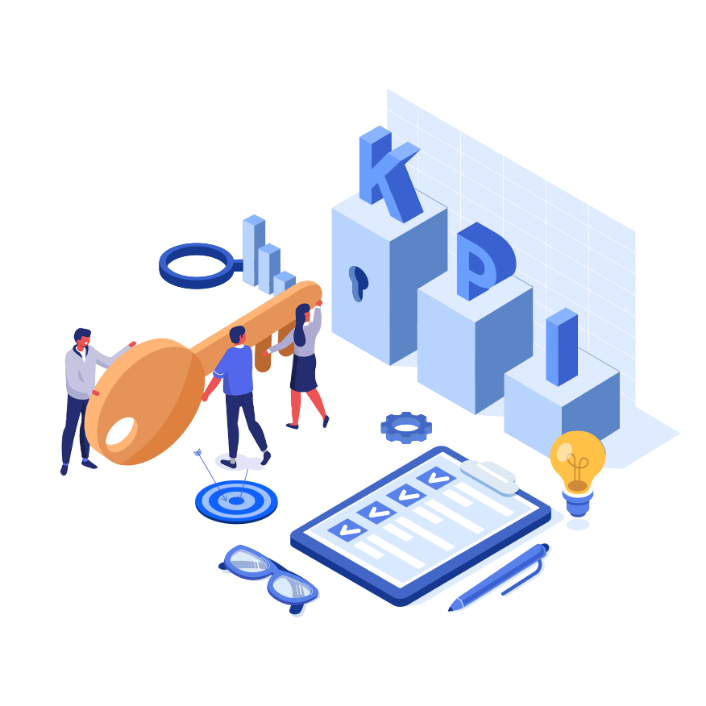Why Constraints Drive Superior Customer Experience

Technology Published DATE 18/04/2022 09:12
-
805 Views
Why does a remote control have 60 buttons and we consume less than 10, which are too small and hard to find? Ben Boesch holds forth on CX and recounts anecdotes from VFS Global.
Why does a remote control have 60 buttons and we consume less than 10, which are too small and hard to find? Why do many restaurants have lengthy menus, but most customers order the same five dishes, which end up tasting bland or are unavailable?
We all have experienced products or services with countless options and permutations while we struggle to discover and operate the features we are using most frequently. We often wonder why products remain relatively unchanged for long periods despite all of us experiencing the same friction.
Digital products, such as websites or apps, suffer from the same issue. We primarily use them for one singular purpose or fairly streamlined journey. Yet, we often struggle to find these interactions - nestled between other, rarely used elements. The costs of wrongly or excessively scoped experiences are manifold. They include a frustrating customer experience, high maintenance costs, security risk, and slow time to market.
How can such “feature waste” be avoided? If the answer was clear and straightforward, we would have outstanding user experiences in our daily lives. Yet, this still doesn’t happen, even though the prize is evident, as companies with exceptional focus on customer experiences, such as Netflix, Apple, or Amazon, are collecting outsized rewards.
Does this apply to government interactions as well? Taking the premise that governments operate with limited competition, one could believe that this challenge is irrelevant as a customer doesn’t have a choice. This train of thought, however, obscures the actual cost of a bad customer experience. To start with, governments do not operate as monopolies. In a connected world, residents can walk away and change location - not just on communal but also on a national level. Even more importantly, sub-standard customer experiences hamper economic wellbeing in many ways.
Accepting the importance and urgency of the issue, why do we often appear to get stuck, taking one step forward and two steps back? Several dynamics are at play:
Over the past decade, the default answer to overcome these challenges has been “customer-centricity.” In the wake of this trend, customer insight and analytics disciplines have been sprawling, both in qualitative and quantitative areas.
Listening and acting on customers’ feedbacks is helpful. To date, however, it hasn’t fully succeeded. Often, customer insight is only intensifying the dynamics outlined above, as stakeholders introduce even more requirements. “Customer X is asking for this feature” is often used as a convenient argument in negotiations related to product scope.
While I regard customer insight as one of the significant constituents of successful product and services design, it can’t unleash its potential without the definition of constraints in advance, such as:
It is paramount that all stakeholders agree upon such constraints before consulting customer insight to specify a product and stick to it.
At VFS Global, we have successfully followed this approach for the global revamp of our digital experience. As a visa processing partner to 63 governments, VFS collects application documentation and enrolls biometric data in more than 140 countries. Each of our customers visits our websites multiple times to get information about processes and requirements, books appointments to visit the visa application center, pay fees and check the application status.
In line with VFS’ growth since its inception in 2001, the digital portfolio has grown continuously to more than 1’000 operational entities with different languages, currencies, data protection policies, and procedures, serving more than 100 million web visitors annually. In 2018, the leadership team approved a 3-year budget to upgrade the digital experience globally, initiating VFS’ largest digital project to date.
Understanding that the most significant threat to the project would be feature waste, the supervisory team defined several constraints at the beginning of the project, in particular:
After agreeing on these constraints, we launched the discovery phase to assess requirements, dependencies, and performance parameters. As expected, they were regularly challenged, especially with new requirements raised in line with business development. However, it was clear to all stakeholders that constraints would take precedent over any other factor impacting the project. As a result, the project - after a Covid-induced hiatus - will see its completion in 2022.
While the described case evolves around digital technology, we can apply the same principles to any customer interaction. Setting constraints is not an expert’s task. It’s a leadership duty. Sir James Dyson, who revolutionized the vacuum cleaner and many other products afterward, focused on one problem: building a vacuum that doesn’t lose suction during use. He wasn’t an engineer by training. Phil Knight, the founder of Nike, didn’t solve all athletes’ problems but initially focused on running shoes. He was an accountant by training. I hope these examples encourage all leaders to set constraints with their teams and build unique customer experiences.














